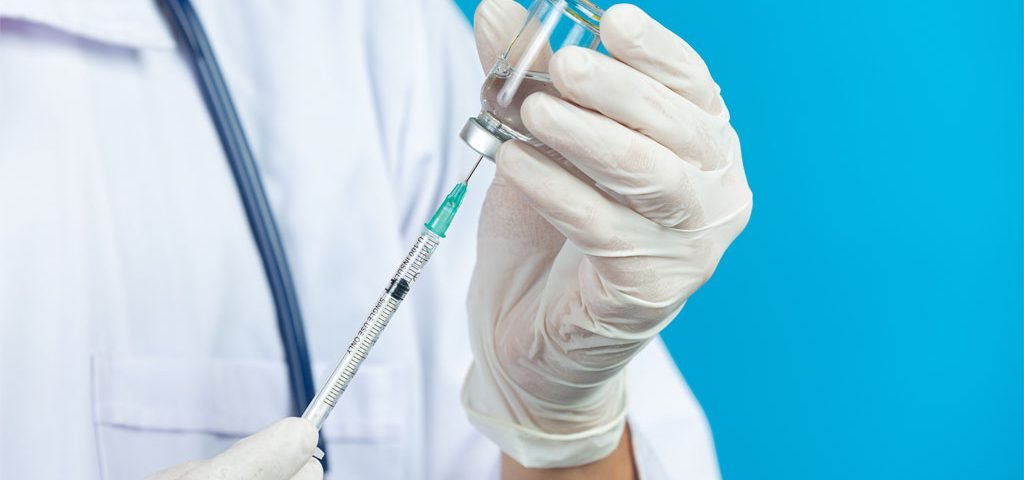Activities with the possibility of needlestick injuries
- Discard the needle attached to the tube
- Manipulate the needle
- Recap needle
- Fail to dispose of used needles
- Use of needles or glass equipment to transfer body fluids between containers
- Work quickly
- Bump into a needle or sharp instruments
- The sudden movement of the patient during the injection
What employers need to know about needlestick injury prevention
As an employer, you must consider:
- Prepare a bloodborne pathogen control program for your employees according to OSHA standards.
- Make sure that all your staff receives the necessary training on needlestick injuries. This is especially important for housekeeping staff who have not received special nursing training.
- Promote safety awareness in the workplace.
- Eliminate the use of needle devices if there are safer and more effective alternatives
- Modify work practices that increase the likelihood of these injuries.
- Define strategies and priorities by examining national and local information as well as risk factors.
- Encourage your employees to report any needlestick injuries to you.
- Evaluate the effectiveness of preventive measures and provide feedback on your performance
- Provide needle devices with safety features.
- Provide post-exposure medical evaluations.
- Make sure the waste is disposed of properly.
What employees need to know about needlestick injury prevention
If you have to exposure to sharp objects in your workplace, you should consider the following:
- If so, you should use safer alternatives. For example, do not use the injectable form when oral formulations are in the first line of treatment.
- Avoid recapping or bending the needle that may be contaminated.
- Place needle uncapped into a sharps container immediately.
- Handle and dispose of the needles safely.
- Never open the safety box and keep it in a safe place for final disposal.
- Never fill more than three-quarters of the capacity of the safety box.
- Make sure there is a safety box at arm’s reach when you give an injection.
- If you intend to transfer the safety box to another room or section, you must carefully move it and hold it over the needles.
- Keep sharp containers out of the reach of others.
- Participate in training programs on bloodborne pathogens held by your employer.
- Report any needlestick injuries to your employer.
- Use instruments with safety features provided by your employer.
- According to the recommendations of WHO, if your work in an environment that you should be in contact with sharp instruments, you need to receive essential vaccines, including hepatitis.
What should be done in case of injury?
If you have needlestick injuries during your work or exposure to other people’s body fluids:
- Wash the cut with plenty of running water and soap.
- Do not prevent wound bleeding. Allow the wound to bleed while under running water.
- Avoid sucking the wound.
- Do not use antiseptic.
- After washing the wound, use a suitable waterproof plaster or bandage.
- Irrigate mucous membranes with clean water, saline, or sterile irrigants.
- Report the injury to your supervisor.
- Seek medical treatment immediately.
- After these initial steps, other measurements should be considered for injury assessment. In some cases, antiviral drugs may be needed.
Let’s sum up …
Although the complication of needlestick injury can be very costly, there are simple ways to prevent them. Needlestick injury prevention is not an arduous task if your employer has the right strategy in choosing equipment and providing training programs, and you have the appropriate understanding of what to do.
In this article, we tried to provide content based on the experiences we have gained over the years at this center, as well as the questions you often ask us. Do not forget that your questions will show us the way to compile future articles.





2 Comments
Needlestick injury could be hazardous. As a nurse, I’ve experienced it a lot. However, I didn’t have much information about it. I appreciate the excellent info you have provided.
Better safe than sorry. A worker who needs to be around the needles should take all the precautions you have mentioned on this page.